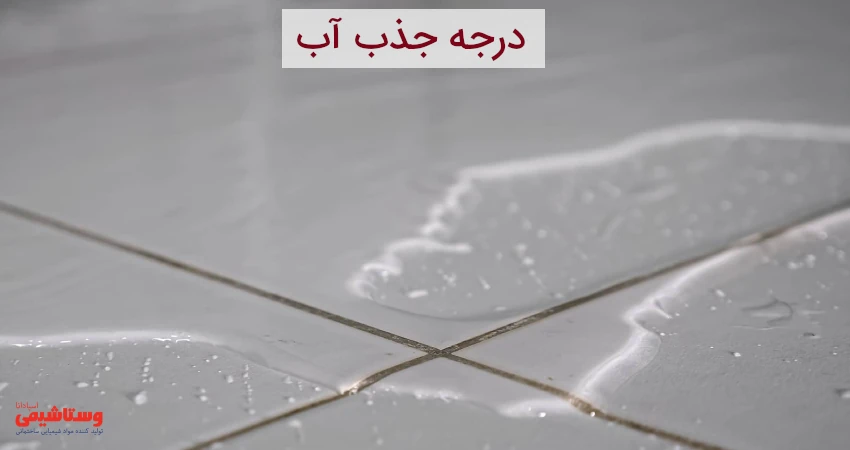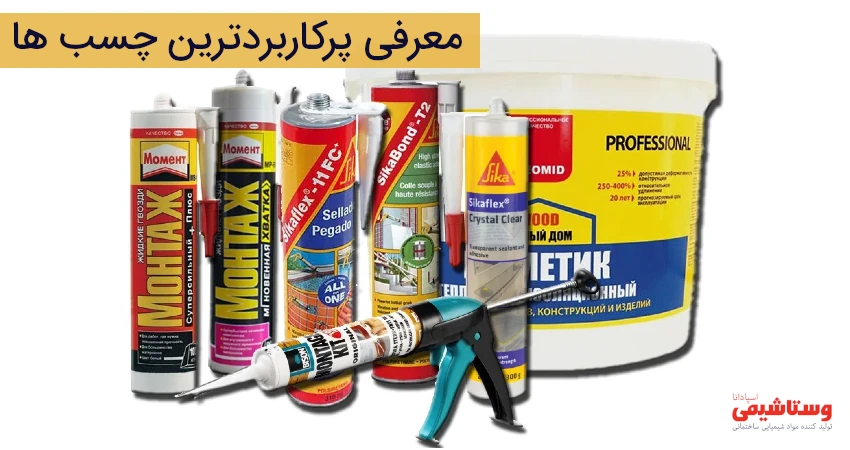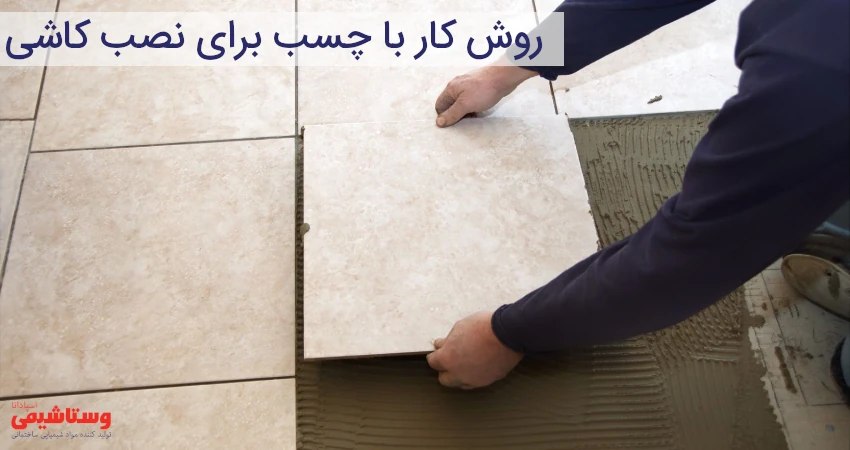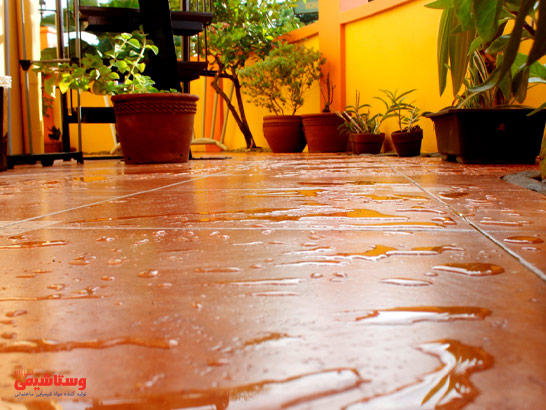Electrochemical background (1)
Corrosion of steel in concrete is an electrochemical process.
According to the extensive research in the field of corrosion during recent decades
Today, the mechanisms are clearly understandable.
From the electrochemical nature of corrosion of steel in concrete in order to diagnose structures (drawing hidden factors),
Embedded corrosion sensors (electrical current measurements) and corrosion rate calculations are used.
Looking at the surface of the corroded steel, only traces of rust can be seen.
It can be seen from the side of the rusted layer that part of the steel has been lost after corrosion
The cross-sectional area of the rebar is reduced in that area.
Research in the field of corrosion has shown that the occurrence of these changes on a macroscopic scale
It is the result of processes that occur on a molecular scale.
Electrochemical background (2)
One of the requirements for electrochemical corrosion is the presence of an electrolyte on the steel surface.
For steel that is in external environmental conditions (outside the building), this electrolyte
With the presence of a thin layer of water with various ions, it is supplied.
In relation to the steel that is placed in the concrete, this electrolyte with
The presence of the liquid solution enclosed in the pores of the concrete is ensured.
The high pH value of this solution leads to the creation of a passive layer on the steel surface.
. Electrochemical background (3)
When the passive layer becomes inactive, for example, during carbonation of concrete,
The electrochemical process of concrete begins.
This process consists of an oxidation reaction at the anode and reduction at the cathode.
In the anode, iron ions enter the solution and release 2 electrons from the steel.
In addition to the anodic reaction of steel, these electrons enter with water and oxygen
It reacts and produces hydroxide ions (cathodic reaction).
Then Oh ions react with Fe ions and cause rust.
Electrochemical background (4)
To the areas where the passive layer on the steel surface is deactivated and there is enough oxygen and water
This process occurs and a microscopic scale reduction occurs in the steel cross-section.
Sometimes only a part of the passive surface of the steel is deactivated.
In such cases, the anodic reaction can only take place in the deactivated regions.
The remaining areas have cathodic function. This is an example of chloride corrosion.
First, in the region where the critical chloride amount reaches the steel surface, the passivity zone is lost at the beginning
And then Andy starts acting.
The areas around this anode behave like a cathode. Although the areas that have cathodic function
Reliably protected against corrosion by cathodic protection
And they don’t lose their passivity as quickly as the part that plays the role of the anode.
Electrochemical background (5)
This corrosion process is characterized by localized anode and widespread cathode.
When the cathodic areas are larger than the anodic areas,
According to the well-known local corrosion law, the self-reaction in the anode will be accelerated.
Mechanism of chloride-induced corrosion after carbonation-induced corrosion.
Introducing our products
As you know, to buy accessories such as: tile adhesive , ceramic adhesive and porcelain adhesive; You should use your utmost care to choose the best quality. Because the poor quality of any of these products may cause irreparable damages. Vesta Chemical factory has years of experience as the basis of its products, so that it can offer the best to you dear ones. Other products that Vestashimi offers you with the best quality include: Sealing glue، Light block glue، anti-acid، Waterproofing، Nano look coating، Epoxy resin product، Roof insulation، concrete glue، Epoxy resin، strapping powder، thatch، Primer، Groot، Rebar planting paste، Epoxy glue is. Get in touch with Vestashimi for more services.





